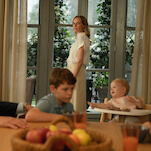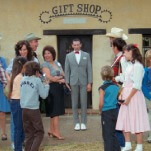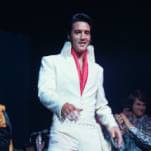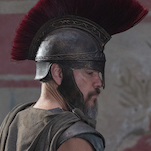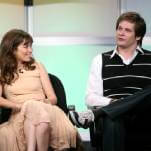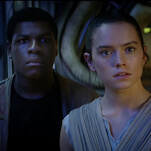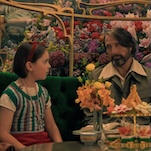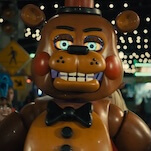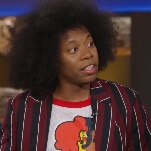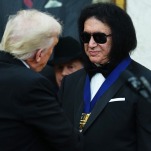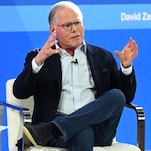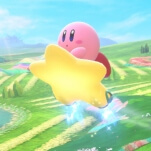The Lord of the Rings is considerably shorter with just scenes passing the Bechdel Test
A gender disparity? In a classic high fantasy story? Get out of here
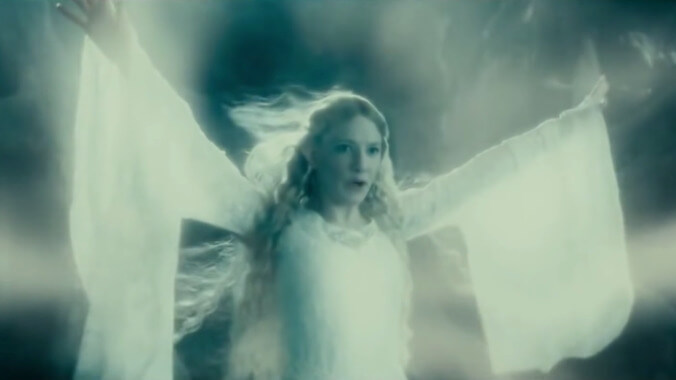
You can’t build a big, fancy fantasy castle out of only cornerstones. Well, maybe you can… seeing as how this is a “fantasy” we’re talking about here, which implies you can make whatever rules you want. But it wouldn’t be a very interesting fancy castle, now would it?
Okay, look—we’re a pop culture news site, not purveyors of fantastical allegory. What we’re trying to say with this ham-fisted metaphor is that foundational texts are great and all, but it’s important to contextualize them as a means to often support larger, more complex and diverse stories. Case in point: Both J.R.R. Tolkien’s The Lord of the Rings trilogy and Peter Jackson’s pretty damn faithful adaptations. Sure, they remain compelling, grand narratives of classic Good versus Evil, but in a modern cultural landscape they remain a just a tad heavy on the testosterone…
Which is to say, all the male characters get big, beefy-boy roles while the women are largely relegated to the sidelines apart from a smattering of scenes. When women are in a scene, it’s usually only in relation to the male humans, dwarves, elves, and hobbits around them. Here, check out this handy “supercut” from Jackson’s film trilogy featuring only scenes in which two women speak to each other about something unrelated to men, aka the Bechdel Test.

























